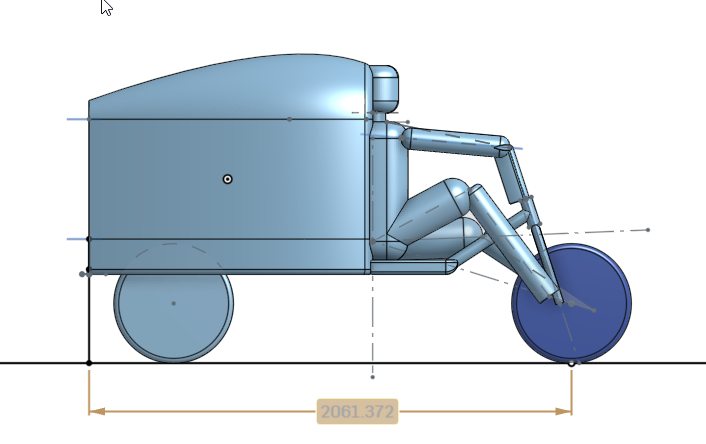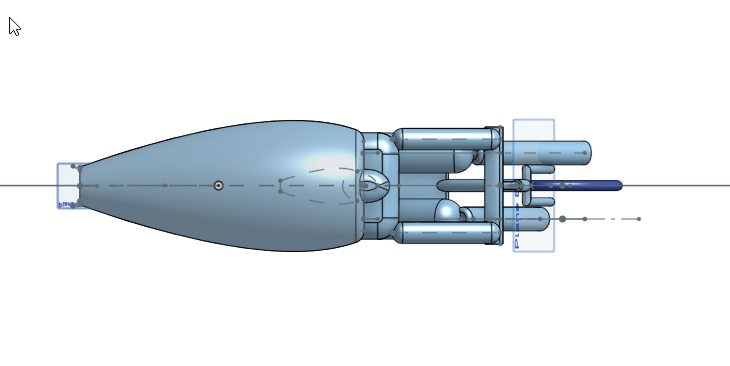I'm curious what this community is finding in terms of power and speed.
I've been riding e-bicycles for several years now and apparently my experience has been slightly underwhelming. I have both hubs and mid-drives, a couple BBSHD's and a "1500W" hub.
I have now heard claims that motors in this range will do 40-80 km/h. In terms of watts, claims of 80km/h from 2000W are out there.
I'm running +3000W to a BBSHD and in my experience it will move my 100kg frame on 26" wheels comfortably 40-45km/h. If I push it, on flat level ground with a fully charged battery maybe 60 km/h.
On the highest gear, with the wheel off the ground I believe I can get the wheel spinning 95 km/h. That's with a 42t/11t drive.
But that's literally a velocity going no where, which is a scientific oxymoron.
This inquiry comes about as a result of my recent discussion on FB, and a community speed radar. I thought maybe I was going faster than my display read and that's why I'm not getting these speeds. Turns out according to the calibrated radar my display is spot on. I've done some test runs and the sign is accurate.
tl;dr - what do you feel are the speeds a 1000W, 15000W, 2000W and 3000W ebike can achieve on a routine basis.
I've been riding e-bicycles for several years now and apparently my experience has been slightly underwhelming. I have both hubs and mid-drives, a couple BBSHD's and a "1500W" hub.
I have now heard claims that motors in this range will do 40-80 km/h. In terms of watts, claims of 80km/h from 2000W are out there.
I'm running +3000W to a BBSHD and in my experience it will move my 100kg frame on 26" wheels comfortably 40-45km/h. If I push it, on flat level ground with a fully charged battery maybe 60 km/h.
On the highest gear, with the wheel off the ground I believe I can get the wheel spinning 95 km/h. That's with a 42t/11t drive.
But that's literally a velocity going no where, which is a scientific oxymoron.
This inquiry comes about as a result of my recent discussion on FB, and a community speed radar. I thought maybe I was going faster than my display read and that's why I'm not getting these speeds. Turns out according to the calibrated radar my display is spot on. I've done some test runs and the sign is accurate.
tl;dr - what do you feel are the speeds a 1000W, 15000W, 2000W and 3000W ebike can achieve on a routine basis.



